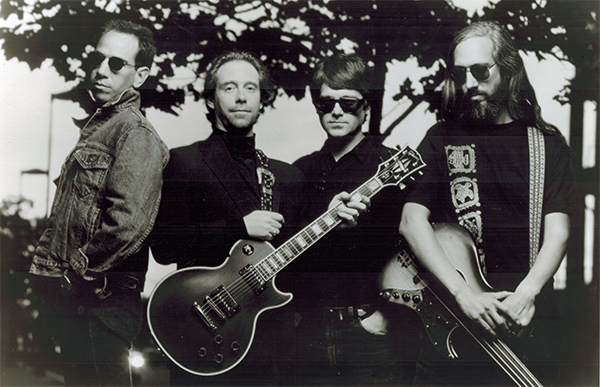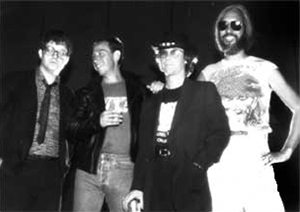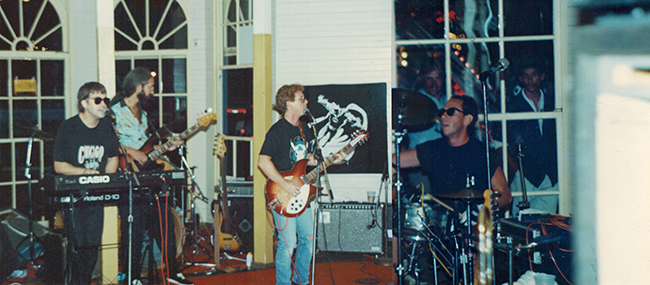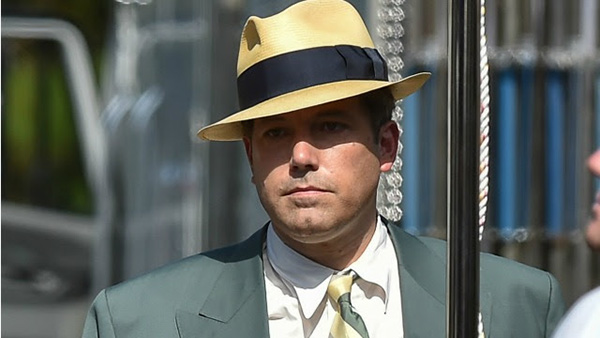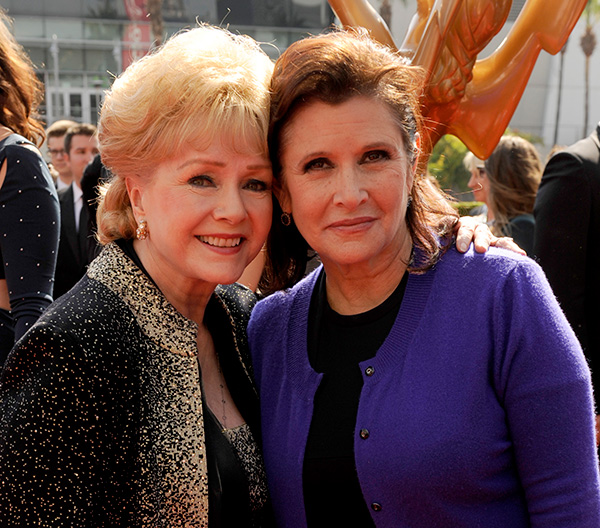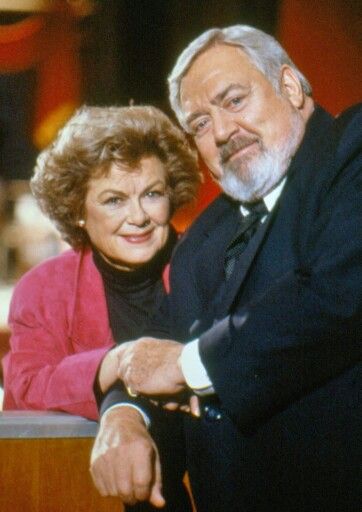
Barbara Hale is gone.
She was 94, so it’s not exactly a tragedy, but it still hurts. Few actresses have done more with so underwritten a part as Ms. Hale did with Della Street on Perry Mason. She brought humor and intelligence to the role, and her genuine connection with both Raymond Burr and William Hopper brought a sense of reality to a fairly ridiculous if enormously entertaining concept – the defense attorney who (almost) never loses a case.
I was lucky enough to meet Barbara Hale and spend some time with her. Here’s what happened.
Back in the late ‘80s, I got the chance to collaborate on a project with Raymond Burr. Now, coincidentally, I had for some time been collecting the old Mason shows on VHS, and reading the Erle Stanley Gardner novels as crime-fiction comfort food, even collecting Mason first editions. Barb was a fan of the TV show, too, so it was a mutual enthusiasm, which is always nice for husband and wife.
Getting the chance to meet Burr, and work with him, was a dream come true. I made three trips to Denver, where the Mason TV-movies were being shot, and spent a lot of time with Raymond (he preferred that to “Ray”). He was an interesting guy, warm and generous and puckishly funny. The high-end hotel where I was staying had a residential wing where Burr lived during production of the films. I went to his suite, knocked on the door, and he answered, wearing a railroad engineer’s cap and coveralls – he had an elaborate model railroad set-up that threaded through the various rooms of the apartment. And the trains were a rollin’!
He and I got along fine. The first trip we didn’t work – we just got to know each other, and he regaled me with tales of his long and fascinating, much-travelled life. I heard about the Ballets Russes, where his career had begun, and of such world figures as Madame Chiang Kai-shek, as well as his experiences touring with the USO in Vietnam. I told him we should just skip the idea of doing a thriller and put together his autobiography. But he was adamant that he would never write that book, after spending hours convincing me it would be important and fascinating. His bisexuality, which he fairly openly referred to in our conversations – his frankness was part of my acceptance as a friend – was something he never wished to discuss in public.
On the other two Denver trips, we worked – plotting an espionage thriller in the morning and over lunch, with me working several hours in the mid-afternoon in my hotel room to put our thoughts on paper, joining him again an hour or two before supper. Every meal I had on these trips was with Raymond.
One meal was particularly memorable. Barbara Hale was arriving to shoot the next Mason TV movie, which was about to begin production. Raymond asked me if I would like to meet her and go out with them for dinner at the best steakhouse in Denver. I would have gone to the worst diner in Paducah for a chance to do that. I called Barb and said, “Guess who I’m going out to dinner with tonight? Perry and Della!” She said she hated me, but sounded sweet saying so.
Barbara Hale would have been 66 at the time – two years younger than I am now – but I remember being almost startled by how lovely and young she seemed to me, and, frankly, sexy. She came across older on television in the Mason movies. There was a genuine chemistry between us, and the fact that I could make Della Street smile so easily was just about as good as it gets.
We definitely hit it off, and she was impressed that I knew about her career right down to her appearing in small roles in various RKO movies of the ‘40s, like The Great Gildersleeve entries. In the limo on the way to the steakhouse, sitting between her and Raymond like their overgrown child, I told Barbara how much I loved her in Jolson Sings Again. Raymond, with his ever-present twinkle, said, “Oh, I agree. She was wonderful getting down on her knees in blackface.” She giggled and batted his arm and he giggled back. These two loved each other. Was I really here?
At the steakhouse – where actor Tom Bosley (filming the Father Dowling mysteries in Denver) stopped by to pay his respects – we had a long dinner during which I questioned Raymond and Barbara incessantly about the original Mason show. I had brought along the hardcover first edition of a Mason novel that had Barbara and Raymond pictured together on the back cover – I got this signed by both of them. They had a great time reminiscing about the original show and I only wish I’d secretly recorded all of it.
The TV movie they were shooting, The Case of the Musical Murder, had Debbie Reynolds as a guest star, but she wasn’t around while I was. I did get to go on set several times and watch scenes being shot, and also had several nice conversations with William R. Moses, who had just begun playing Mason’s young assistant on the show. For the first nine movies, Barbara Hale’s son, William Katt, had played Paul Drake, Jr., and Moses was essentially replacing him. I didn’t know why and was tactful enough not to ask.
But I did, at our steakhouse dinner, tell Barbara in front of Raymond what a great job I thought her son had done in that role. She beamed at that. The next day, when Raymond and I picked her up at her suite for lunch, she took me aside and gave me a hug, and whispered, “Thank you for what you said about my son.” Katt, it turned out, had left the Mason movies for a (short-lived) series of his own, and apparently Raymond was not happy about it.
Still, the affection between the two performers was obvious. Raymond told me over lunch one day that he planned to end the series of movies with one in which Mason and Della finally got married. The films began to include genuine expressions of love between the characters, even a kiss or two (the original series had been much more coy about what was an obvious long ongoing relationship between boss and secretary).
Unfortunately the project with Raymond (and I do apologize for speaking of him so familiarly) did not go anywhere. The New York editor who had put us together wanted a mystery, and even suggested a courtroom-oriented one, with the world-hopping thriller we proposed not doing the trick. The editor clearly wanted something like Perry Mason or Ironside. Raymond Burr, with all his international interests and travels, wanted something wider-ranging and in the espionage field. I later learned that two other writers were put together with Raymond Burr and in each case the actor’s strong personality guided them to espionage, and each time the New York editor bridled.
Of course Perry and Della never got married. Raymond Burr’s death in 1993 pre-empted that.
While I regret I never shared the Burr byline on a book or even series of books, I still relish the memory of the collaboration.
After all, it’s not everybody who gets to spend an evening with Perry and Della.
Arrow is giving some info about Wild Dog’s origin. Still haven’t watched an episode.
Here’s a fun look at Mike Hammer in the movies and on TV (though the writer, who quotes me occasionally, does not seem to have read Mickey Spillane on Screen by Jim Traylor and me).
Here’s an article about the Quarry books and a discussion about what order to read them in, with several options.
Finally, here’s an essay that thinks Cinemax ought to give Quarry a second season. My bank account agrees!
M.A.C.
